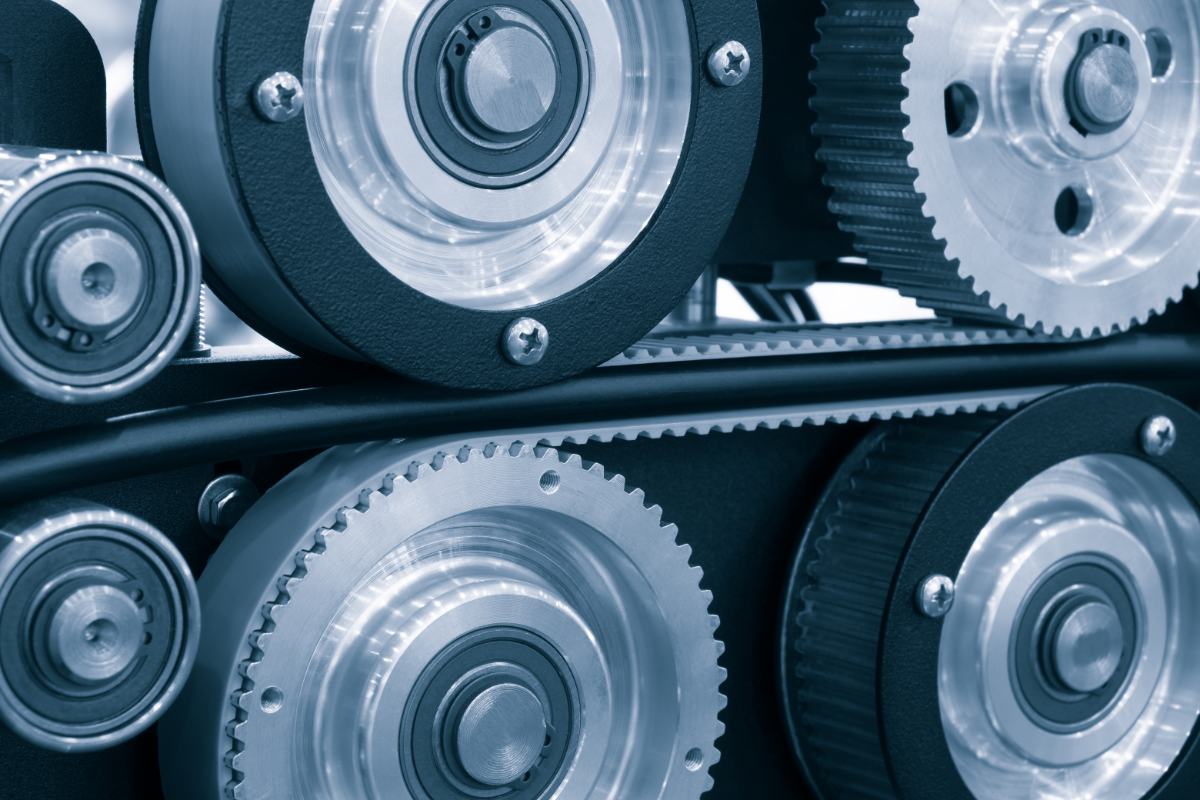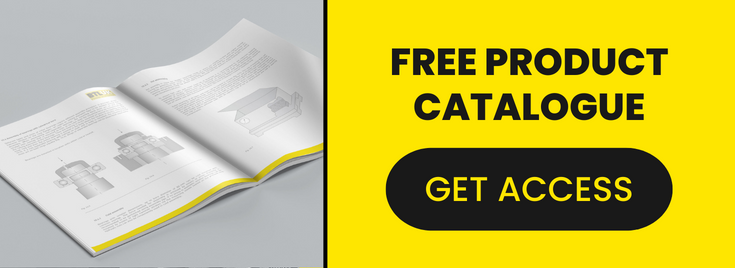
What You Need To Know About Belt Drive Power Transmission
There are several types of mechanical belt drive used in commercial power transmission systems, including open belt drives, closed, or crossed belt drives, V-belts, timing belts, and flat belts. Open belt drives and closed/crossed belt drives are the two most common power transmission systems used in automotive and industrial applications, but your best choice of belt drive will depend on the specific requirements of your project.
In this article, we will overview the main types of belt drive power transmission option, so you can make the best choice for your mechanical system.
1. Open Belt Drive
An open belt drive consists of two visible and unenclosed (hence open) pulleys connected by an open-ended loop belt, which can move freely between the two pulleys. Open belt drives are useful in applications in which torque multiplication or speed reduction is required, or for transferring rotary motion between parallel shafts.
2. Closed Or Crossed Belt Drive
Closed or crossed belt drives derive their name from being enclosed within a protective housing, and from using a closed loop belt that crosses over itself in a figure-of-eight pattern. In function, these drives are similar to open belt drives but are often more efficient, due to the crossed belts creating a tighter grip on the pulleys – thus increasing power efficiency and reducing the risk of slippage.
3. V-Belt Drive
V- belts are traditional, heavy-duty belts that use V-shaped grooved pulleys and clogged belts to reduce vibration, limit noise, and avoid slippage in industrial and automotive power transmission applications. The belts provide greater flexibility than other belt drives in terms of speed ratios and accuracy, enabling greater precision control over the output torque and speed. Small-scale Micro-V belts are also available – these belt drives are smaller in size and are designed for use in applications with limited space available for installation, such as power tools, small motors, and household appliances.
4. Timing/Synchronous Belt Drive
Synchronous or timing belts utilise teeth on the inside circumference of the belt that match up with corresponding teeth or sprockets on the outer circumference of a matching pulley wheel, when it rotates around them both at the same time. This enables the belt drive to move objects at precise speed without any jerking or slipping – avoiding the two problems most commonly associated with V-belt drives! Timing/synchronous belt drives also do not require lubrication between moving parts, which lowers their maintenance requirements, and also makes them ideal for high precision applications in which control is paramount, such as camshafts in performance cars, and small-scale applications where accuracy is essential but space constraints limit room for error.
5. Flat Belt Drive
flat belt drives use broad flat belts made out of leather (traditionally) or rubber, sitting across two flat surfaces that rotate together, thus creating friction and providing power transfer from one source to another. Flat belt drives are commonly found in consistent speed, low torque conveyor belts and other mechanical systems that require precision movement along a fixed path, without energy loss arising from slippages.
Download Our Free Belts Catalogue
To find out more about belt drive power transmission systems, please click here to request a free copy of our latest Transmission Drive Belts Catalogue, or get in touch to arrange a free consultation with one of our BTL-UK power transmission specialists.
Image Source: Canva




